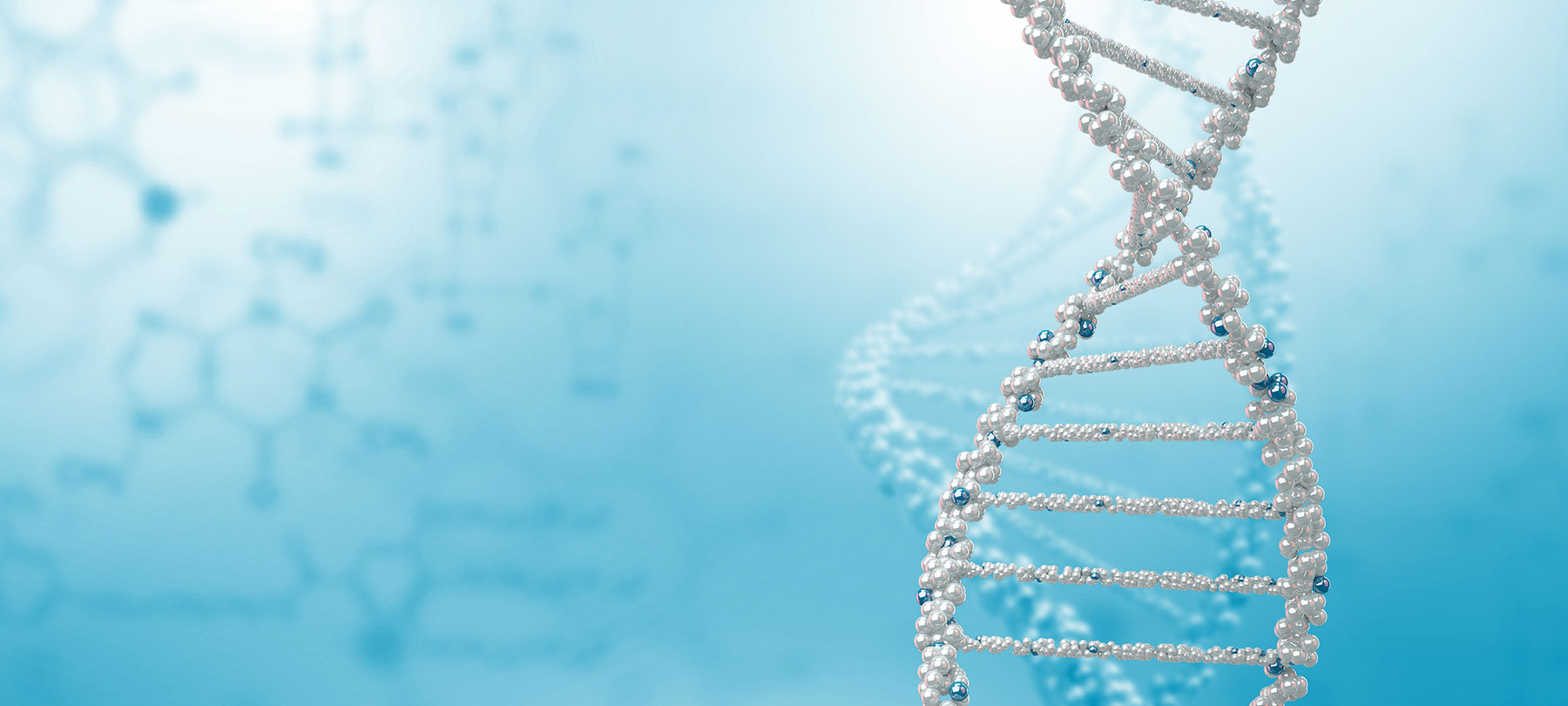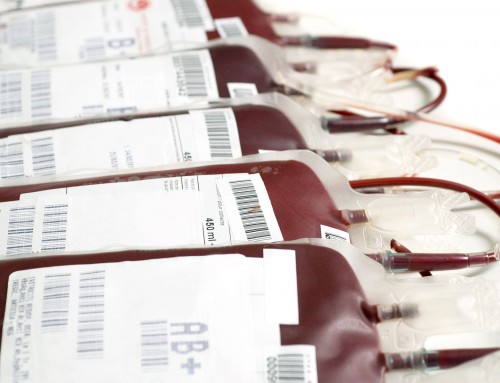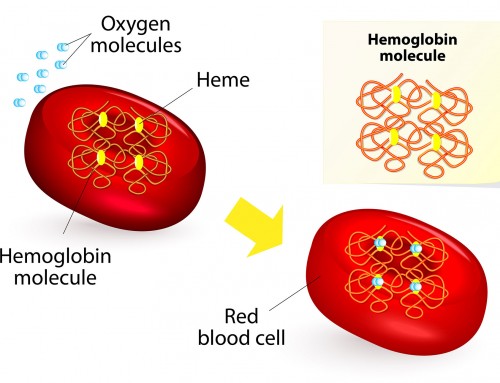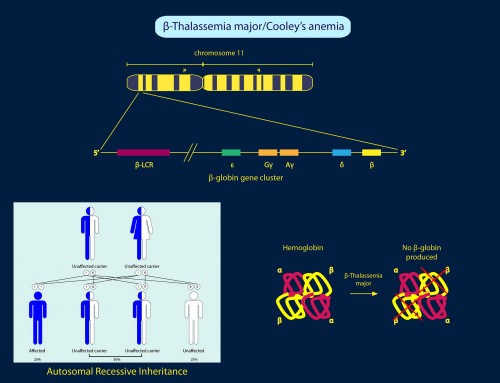How is Beta-Thalassemia diagnosed?
Beta-thalassemia is diagnosed using genetic testing and blood tests.
Genetic testing
DNA testing of the HBB gene can be used to diagnose beta-thalassemia. The beta-thalassemia DNA test detects the most common HBB genetic mutations known to cause beta-thalassemia. Prenatal testing may be considered if both parents are carriers of mutations known to cause beta-thalassemia.
Blood tests
The presence of anemia and abnormal hemoglobin can be detected via various blood tests such as complete blood count (CBC), blood smear, iron tests and hemoglobin electrophoresis.
Complete Blood Count (CBC)
This test measures the size and shape of hemoglobin and red blood cells in blood. People with beta-thalassemia will typically have fewer, smaller red blood cells (low RBC count, low MCV) and smaller hemoglobin (low MCH).
Blood smear
A blood smear can show irregular shape, count, size and color of red blood cells under the microscope. People with beta-thalassemia major will have abnormal shaped red blood cells, microcytosis (small red blood cells), hyperchromia (pale red blood cells) and a low red blood cell count. Individuals with beta-thalassemia intermedia will have less severe features than ones from thalassemia major. People with beta-thalassemia minor will show mild microcytic anemia, but they will have a normal red blood cell count.
Iron tests
This test measures the amount of iron in blood. It is used to distinguish between anemia caused by thalassemia and iron-deficiency anemia. Anemia caused by thalassemia is due to defects in the alpha or beta protein of hemoglobin, whereas iron-deficiency anemia is caused by decreased hemoglobin synthesis from lack of iron.
Hemoglobin electrophoresis
Hemoglobin electrophoresis can separate different molecules in red blood cells, allowing the abnormal types of hemoglobin to be identified.
References:
Origa R (2000, Updated 2015 May 14). Beta-Thalassemia. In: Pagon RA, Adam MP, Ardinger HH, et al., editors. GeneReviews® [Internet]. Seattle (WA): University of Washington, Seattle; 1993-2016.
Cao A, Galanello R (2010). Beta-thalassemia. Genetics in Medicine 12, 61–76.
Muncie HL, Campbell JS (2009). Alpha and Beta Thalassemia. Am Fam Physician. 80(4): 339-344.
DNA In the News2017-04-06T20:27:12+00:00





